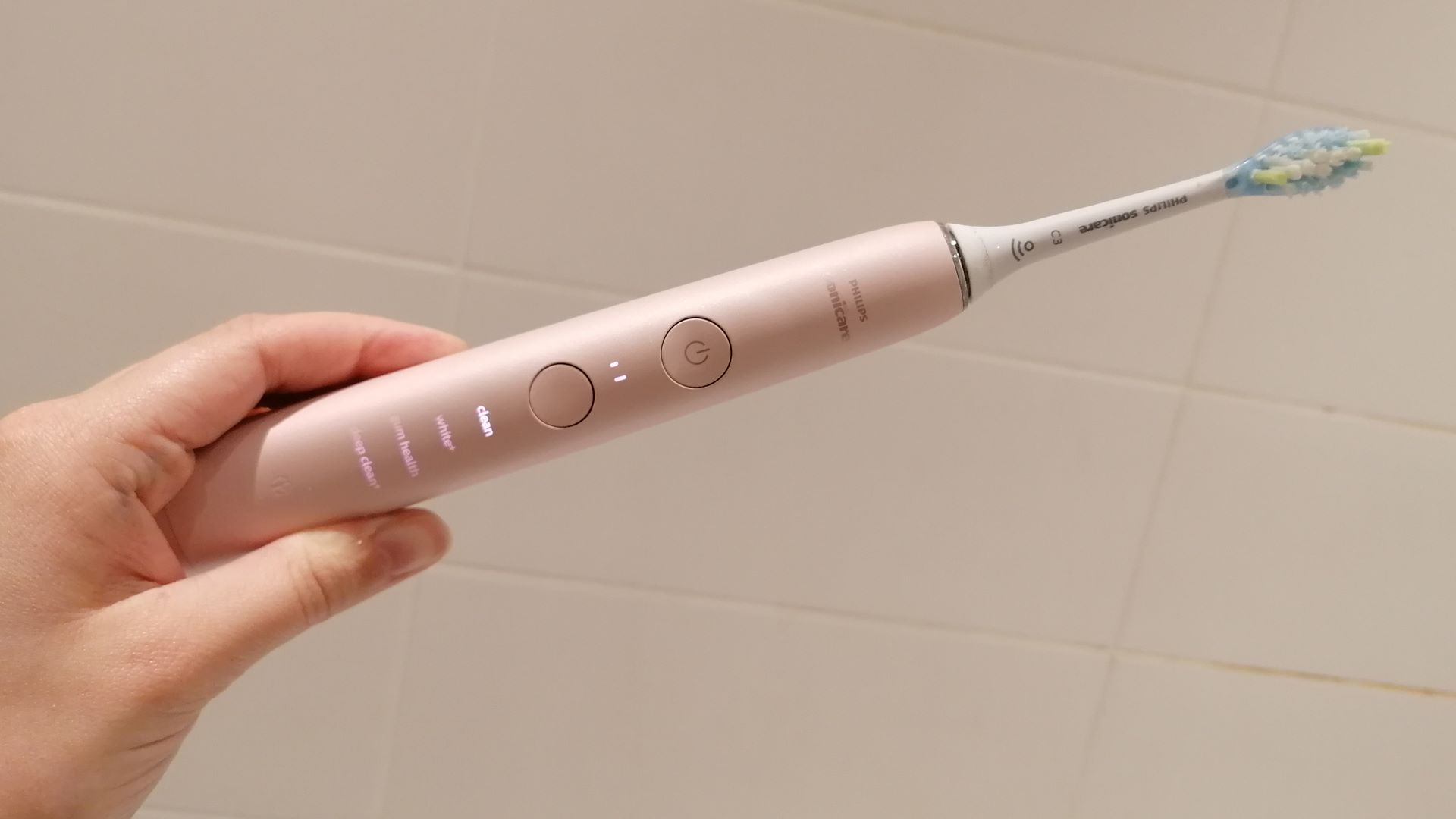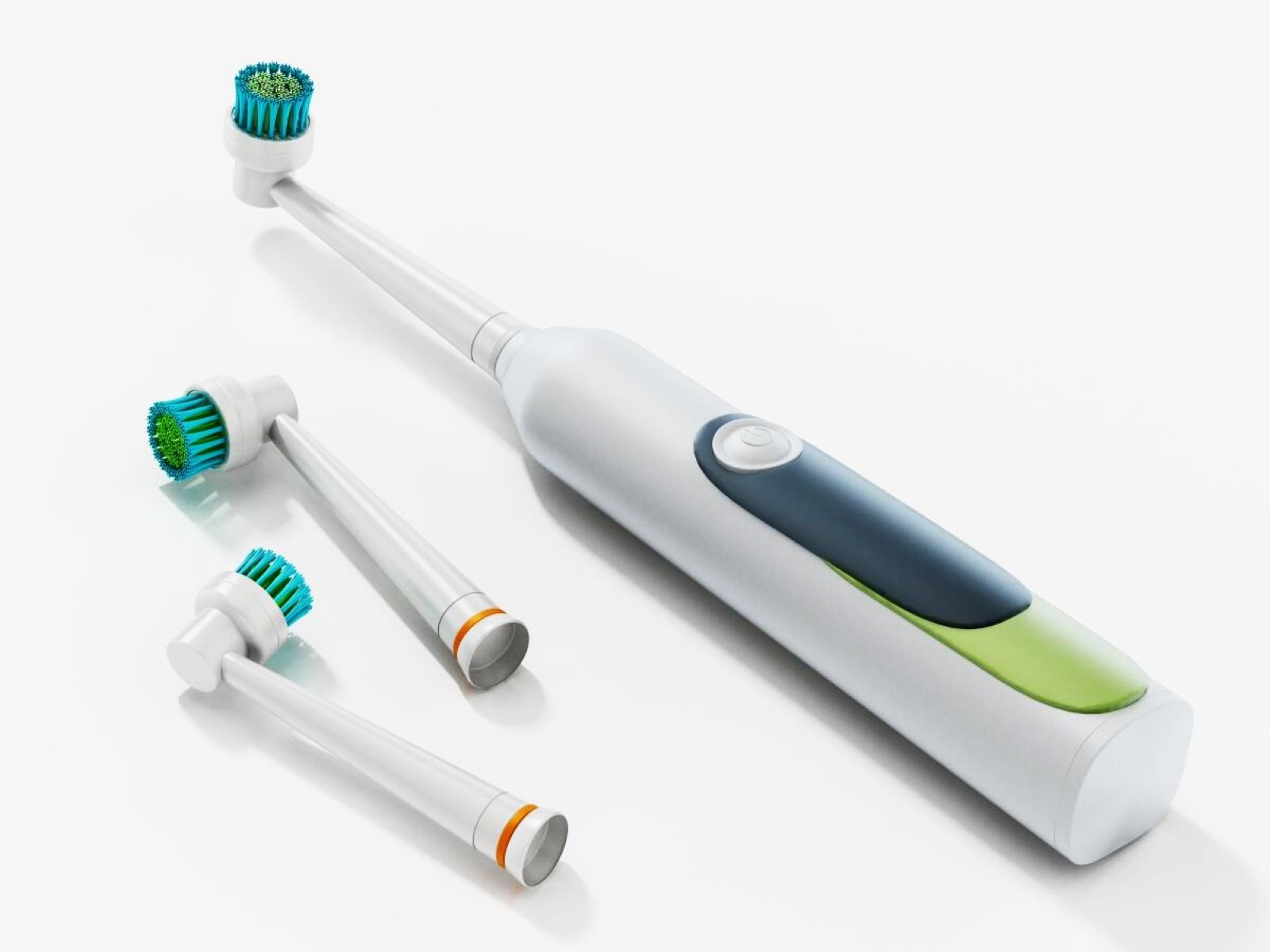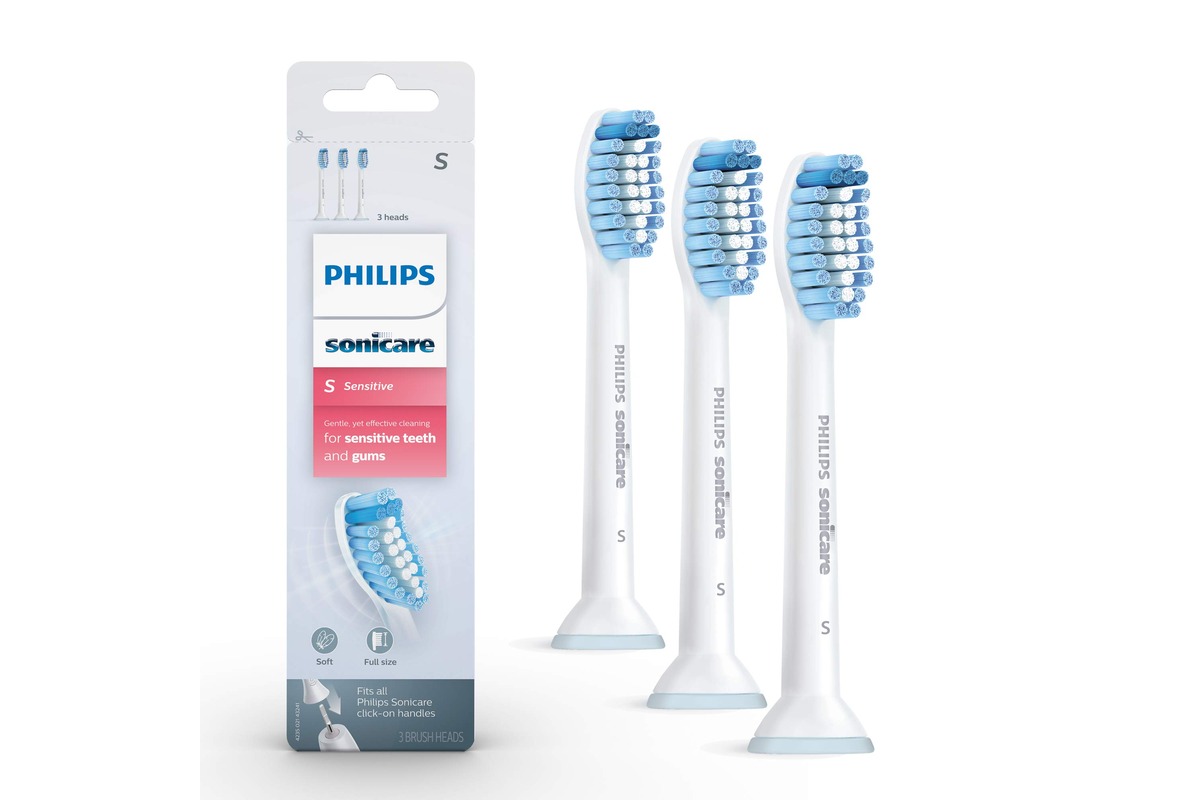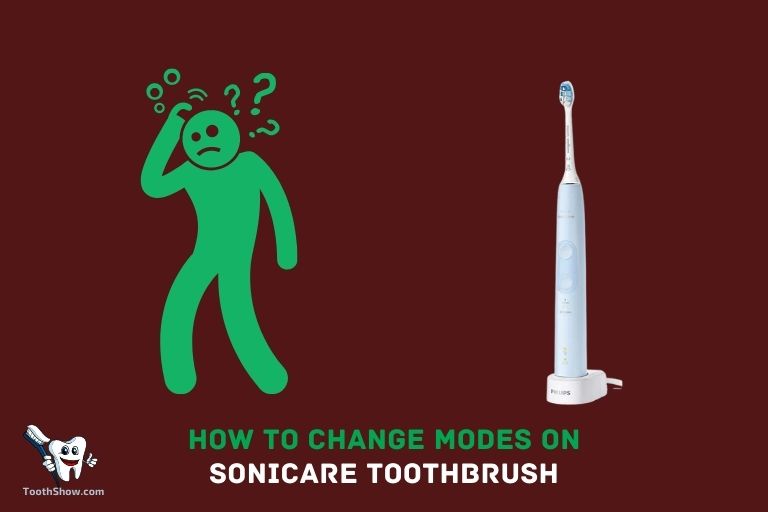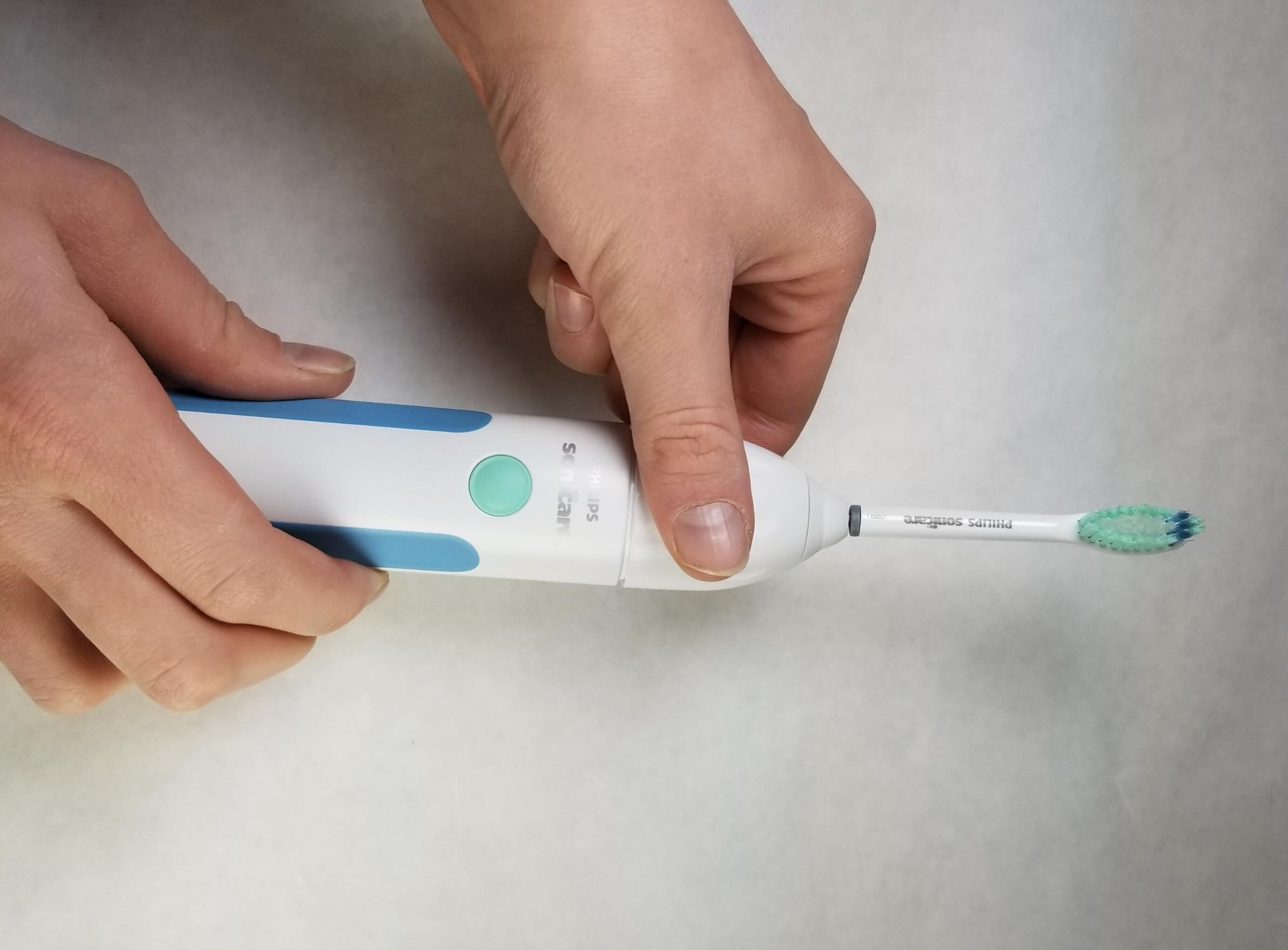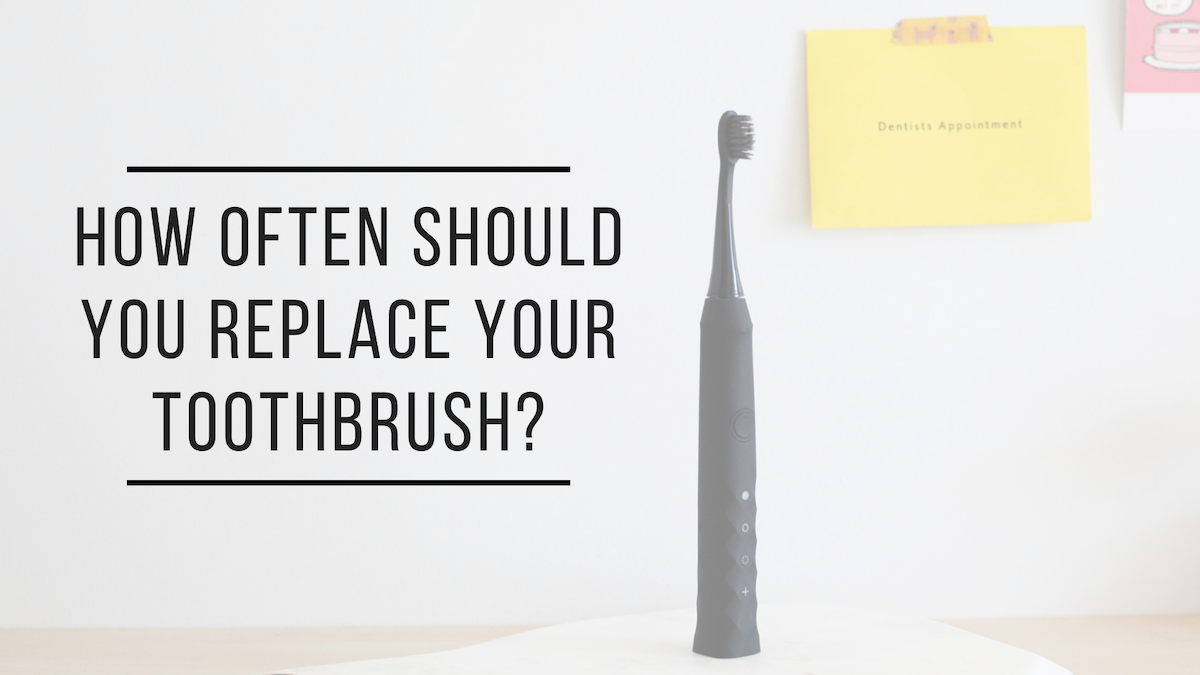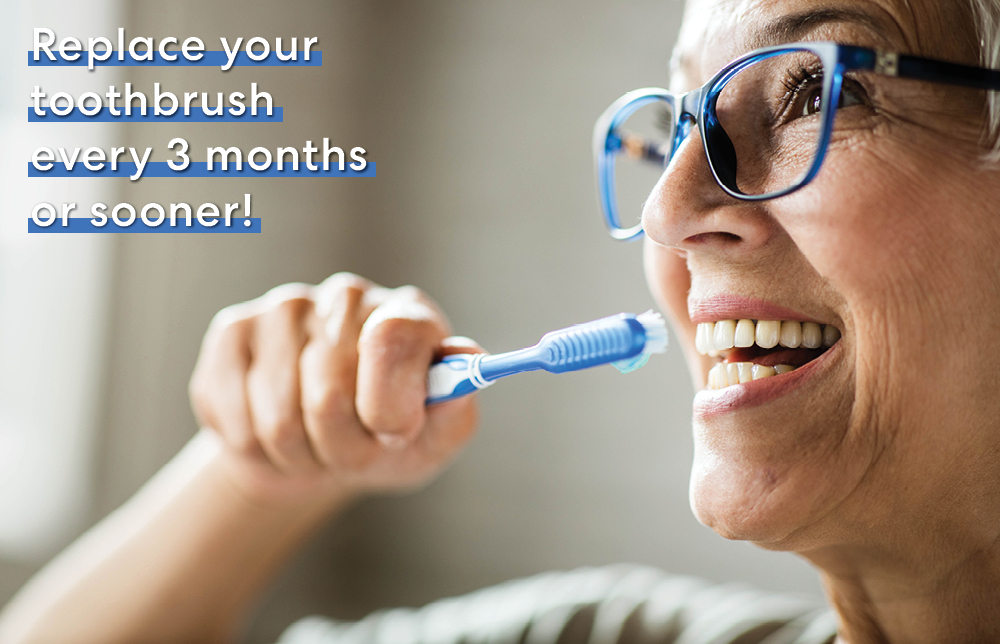How Often Should You Change Your Sonicare Toothbrush Head

The humble toothbrush head, often overlooked, plays a critical role in maintaining optimal oral hygiene. But how often should you replace the head of your Sonicare, the popular electric toothbrush? Neglecting this simple maintenance task can significantly impact your dental health, potentially leading to reduced cleaning effectiveness and increased bacterial contamination.
This article delves into the recommended replacement frequency for Sonicare toothbrush heads. It explores the rationale behind these guidelines, drawing upon expert opinions and scientific data to provide a comprehensive understanding of this essential aspect of oral care. We will examine the consequences of using worn-out brush heads, as well as tips for maximizing their lifespan and ensuring effective plaque removal.
The Official Recommendation: Three Months
Philips Sonicare, the manufacturer of these electric toothbrushes, officially recommends replacing the brush head every three months. This recommendation is based on research demonstrating that bristles lose their effectiveness and become frayed over time. Frayed bristles are less efficient at removing plaque and bacteria from teeth and gums.
According to Philips, this timeline ensures optimal cleaning performance and helps maintain good oral hygiene. Regular replacement also helps prevent the build-up of bacteria and debris on the brush head, minimizing the risk of reintroducing these contaminants into the mouth.
Why Three Months? The Science Behind the Guideline
The three-month timeframe isn't arbitrary; it's rooted in scientific understanding of toothbrush bristle degradation. With repeated use, the bristles of any toothbrush, including those of a Sonicare, undergo wear and tear. This includes bending, fraying, and breaking, which reduces their ability to reach and effectively clean all surfaces of the teeth.
Furthermore, studies have shown that toothbrushes can harbor significant amounts of bacteria. While the human body is equipped to handle many of these bacteria, an overgrowth on the toothbrush can potentially contribute to oral health problems. Replacing the brush head regularly minimizes the risk of bacterial build-up.
The American Dental Association (ADA) also supports the three-month replacement guideline for all types of toothbrushes, further reinforcing the importance of adhering to this recommendation. Their stance is based on the same principles of bristle degradation and bacterial contamination.
Consequences of Using a Worn-Out Brush Head
Using a Sonicare brush head beyond the recommended three-month period can have several negative consequences. Reduced cleaning effectiveness is a primary concern, as worn bristles are less efficient at removing plaque and food particles.
This can lead to increased risk of cavities, gingivitis, and other oral health problems. Furthermore, a worn brush head can be harsher on the gums, potentially causing irritation and bleeding.
The build-up of bacteria on an old brush head also poses a risk of reintroducing harmful microorganisms into the mouth. This can exacerbate existing oral health issues and even contribute to systemic health problems in certain individuals.
Extending Brush Head Lifespan: Best Practices
While replacing the brush head every three months is crucial, there are steps you can take to maximize its lifespan within that period. Rinsing the brush head thoroughly after each use is essential to remove food particles and toothpaste residue.
Allowing the brush head to air dry completely prevents the growth of bacteria. Storing the toothbrush in an upright position, away from other toothbrushes, also helps minimize cross-contamination.
Avoid applying excessive pressure while brushing, as this can accelerate bristle wear. Using the appropriate brushing technique recommended by your dentist can also help prolong the life of the brush head.
Individual Considerations: When to Replace Sooner
While the three-month guideline is generally applicable, certain individuals may need to replace their Sonicare brush heads more frequently. Those with gum disease or other oral health conditions may benefit from more frequent replacements to minimize bacterial build-up.
If you notice that the bristles are frayed or worn before the three-month mark, it's best to replace the brush head immediately. Similarly, if you've been sick, replacing the brush head is recommended to prevent re-infection.
Individuals who share a toothbrush handle with multiple brush heads should also be diligent about replacing their individual brush heads regularly to avoid cross-contamination.
The Future of Toothbrush Head Technology
The field of oral hygiene is constantly evolving, with ongoing research focused on improving toothbrush technology. Future innovations may lead to brush heads that last longer or incorporate antimicrobial properties to further reduce bacterial contamination.
Smart toothbrushes with built-in sensors could also provide personalized recommendations for brush head replacement based on individual usage patterns and brushing habits. These advancements promise to enhance the effectiveness and convenience of oral care routines.
By staying informed about the latest advancements and adhering to recommended guidelines, individuals can ensure they are maximizing the benefits of their Sonicare toothbrush and maintaining optimal oral health.
